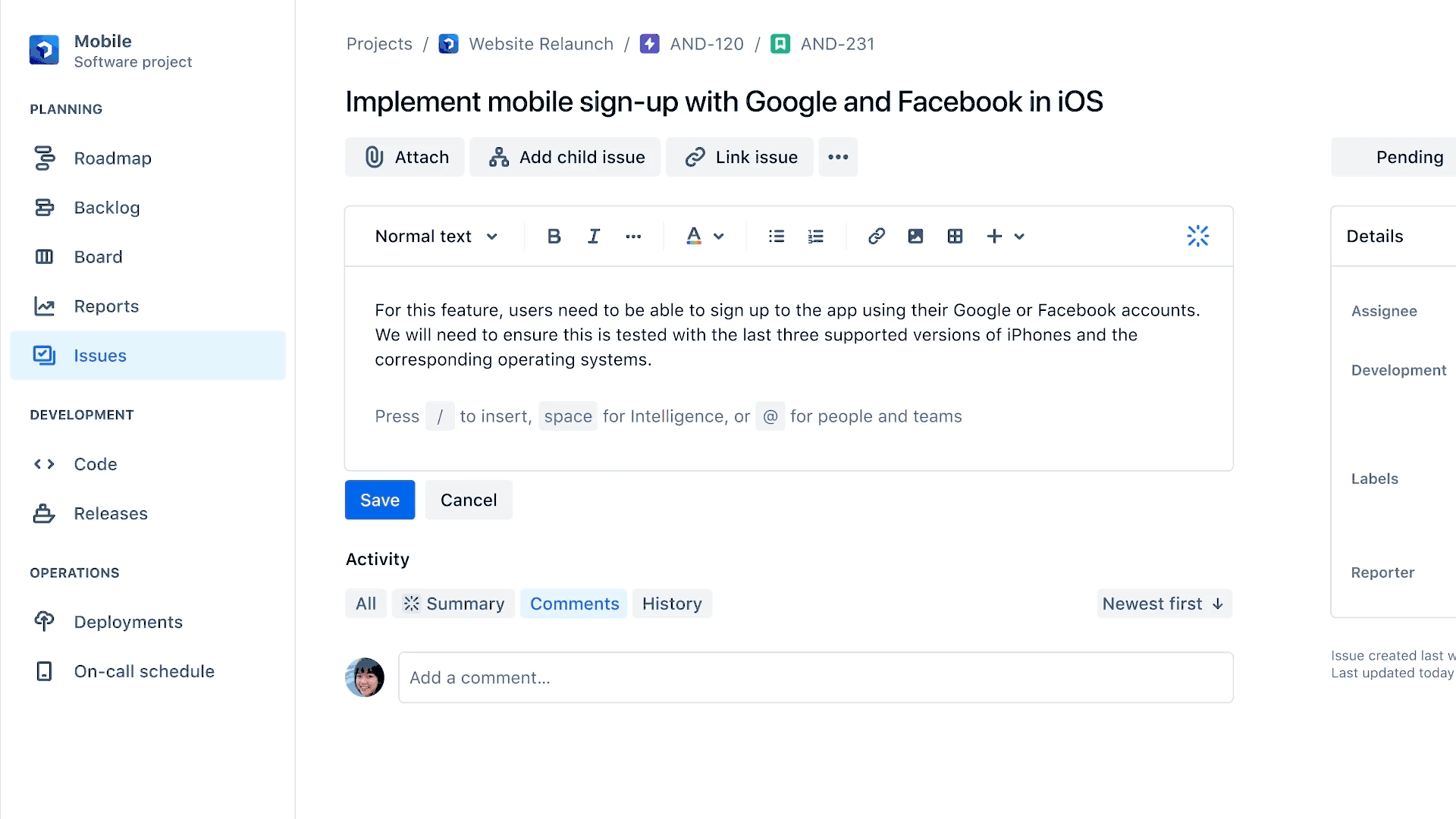Just over ten years ago, the CEO of Atos proclaimed an end to internal emails and began shifting collaboration to new social networking tools they were developing internally. Even before then, when I was CIO at Businessweek, I heard about a similar program at TCS from their CTO, Ananth Krishnan, and wrote about how CIOs must put Enterprise 2.0 high on their agenda.
What we called enterprise 2.0 back then is now part of the future of work,
and declaring an end to internal emails was too early for enterprise
adoption. Email improved, and we added new communication tools like
messaging and video (Microsoft Teams, Slack, Google Meet, Zoom, etc.).
What’s wrong with email and messaging tools?
Nothing! That is, if all you want to do is get things done with a group of
small teams working independently.
But if your objective is enabling teams of teams to collaborate, manage
high-velocity transformative initiatives, and maintain documentation on the
organization’s platforms/practices, then messaging tools pose challenges.
Video transcripts and AI-generated summaries are helpful, but what
organizations need today is an integration of tools that support scalable
and sustainable innovation practices and customer-driven service management.
Atlassian extends its portfolio of collaboration tools
At Atlassian Team ’23, I saw the company’s vision and strategy for the
future of work.
Atlassian’s roots are in agile collaboration (Jira Software) and knowledge
management tools (Confluence) for software development and agile teams
practicing scrum.
They added Jira Service Management (JSM) in 2013, which now has 45,000
organizations using it for different service management functions, including
ITSM, HR, finance, and marketing. JSM helps teams manage requests,
incidents, changes, and assets, bringing order to chaos for many departments
relying on emails and spreadsheets.
In 2021, Atlassian launched Jira Work Management, a tool for non-tech departments to manage their project work and collaboration.
Atlassian focuses on team coordination and collaboration
Atlassian continues to launch innovations to support collaborative and
digital ways of working. They
launched Atlas in 2022
to improve collaboration across teams, and here at Teams ’23, they announced
Atlassian Together, a way for companies to buy Trello, Confluence, Atlas, and Jira Work
Management as a bundle.
With these tools, CIOs can build toward a digital and collaborative future
of work.
Teams can choose Jira Software or Jira Work Management to oversee project
work, while day-to-day tasks, requests, and issues can be tracked in Jira
Service Management. Teams build knowledge bases in Confluence and use
Smart Links
to pull in rich information from Atlassian’s products, Google Drive,
Microsoft OneDrive, Miro, Figma, Gitlab, and other integrated products.
To be clear, these tools don’t make internal email obsolete but greatly
reduce the need for people to collaborate outside of their workflow tools.
Atlassian makes this possible through integrated
Slack,
Microsoft Teams, or
Zoom
communications.
Atlassian offers ways to automate sending email notifications and using
inbound emails to trigger workflows. But I believe that people will reduce
and possibly eliminate internal emails over time as they do more of their
work efficiently in open, integrated workflow tools.
“At Atlassian, Confluence is our core communication and collaboration tool,”
says Sendhil Jayachandran, head of product marketing, Work Management for
All at Atlassian. Yes, Atlassian drinks their own Cool-Aide, and between
their culture and collaborations, they churn out product features and
innovations aggressively.
Embedding generative AI in your organization’s workflow and knowledge bases

Take
Atlassian Intelligence
and their jump into the world of generative AI and large language models.
The AI is being integrated as a platform capability across products,
effectively adding an enterprise AI assistant across workflow information
and knowledge bases. They demoed summarizing meeting minutes, automatically
creating hovers that de-jargon internal terminology, and asking questions
that get translated to JQL, Atlassian’s Jira Query Language.
Atlassian also announced
several innovative Confluence features, including whiteboards and tools to extend knowledge to external users.
CIOs looking to develop a future of work platform and improve employee
experiences should look at Atlassian’s offerings to reduce meetings,
minimize emails, and improve collaboration.
Maybe, just maybe, internal emails will go end of life.

No comments:
Post a Comment
Comments on this blog are moderated and we do not accept comments that have links to other websites.